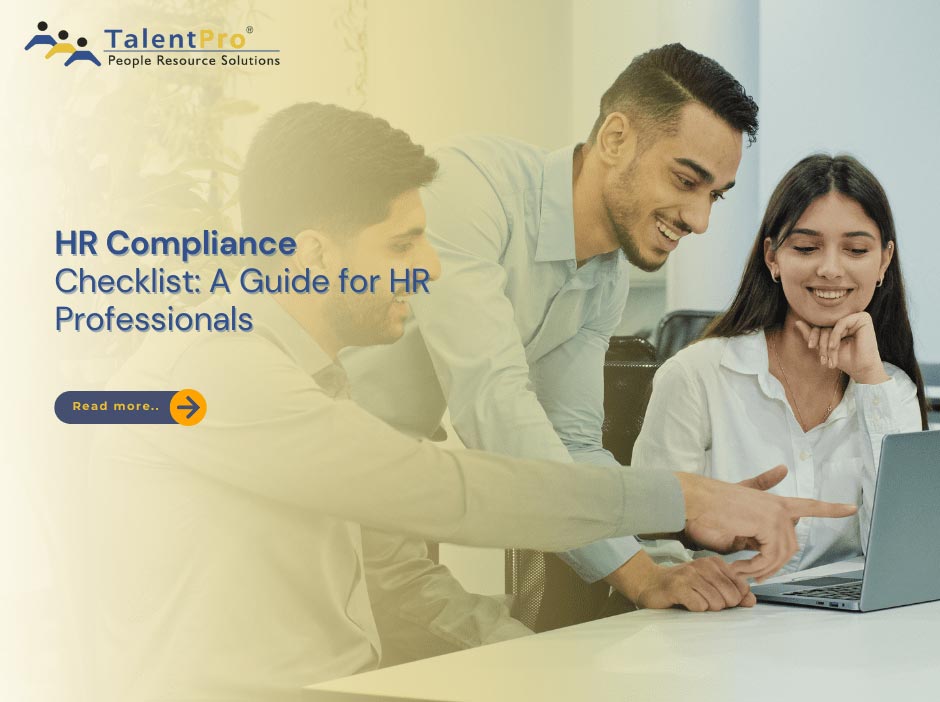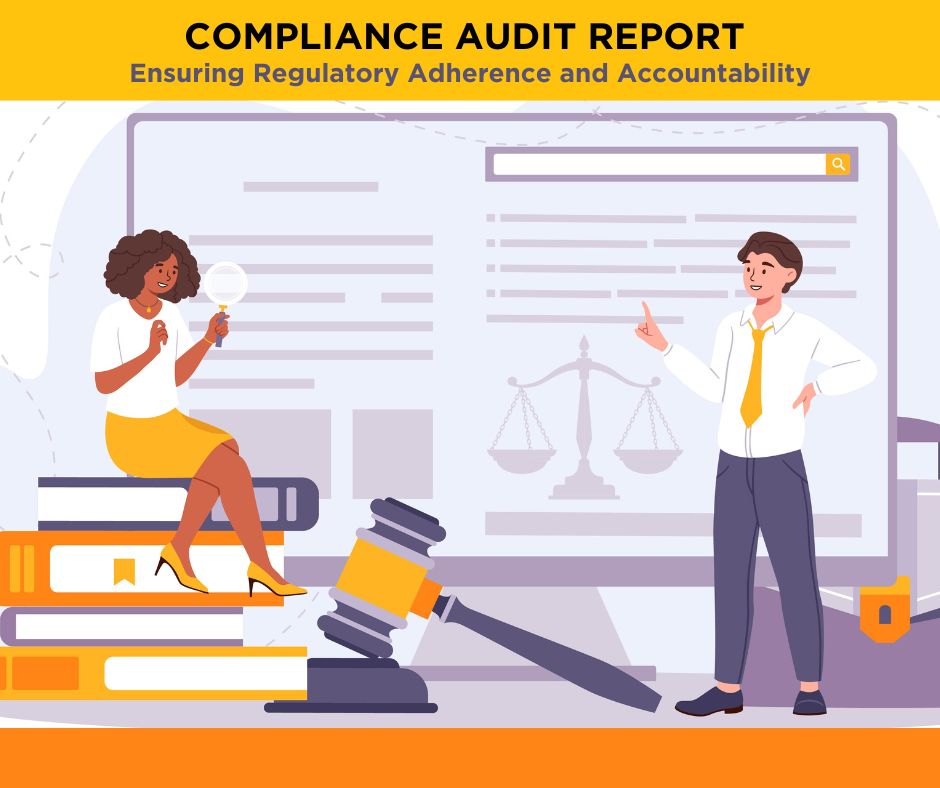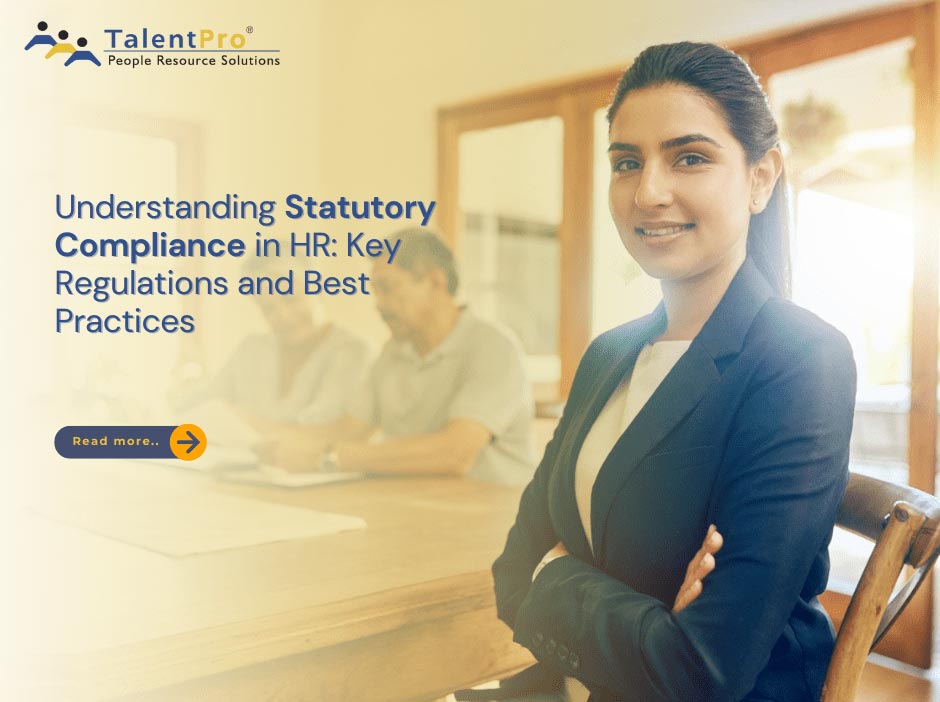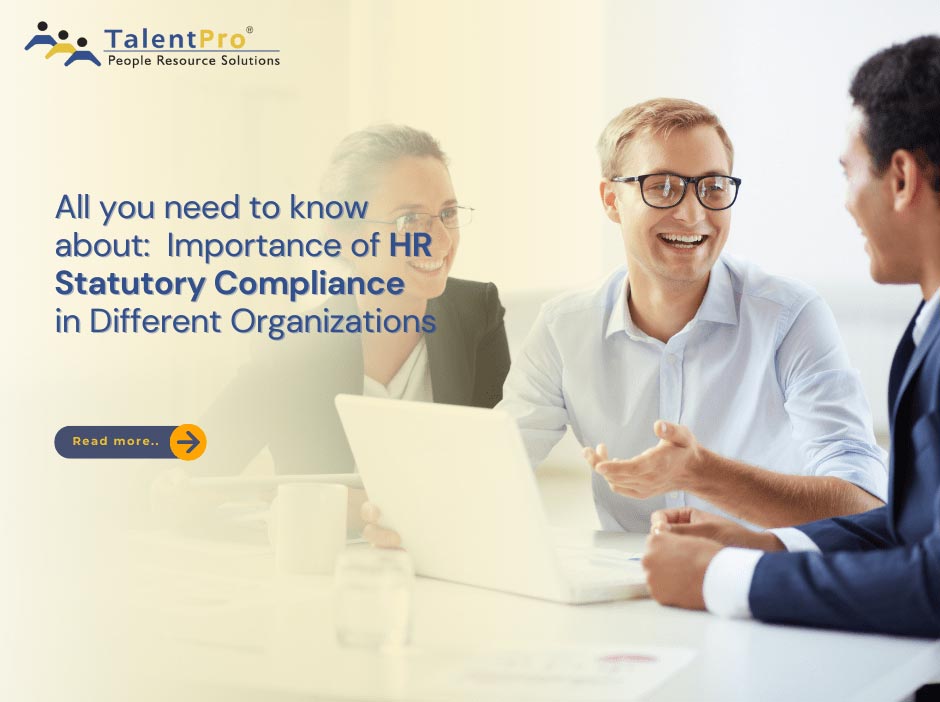Human resource compliance refers to rules and standards guiding human resource planning and management, setting benchmarks for HR practices. The management of these standards in line with the organization’s overall objectives is known as human resource compliance management. By ensuring that HR practices comply with relevant laws, regulations, and internal policies, employers can create a work environment that is both safe and productive.
HR compliance management involves ongoing monitoring and evaluation of HR practices to ensure that they align with the organization’s objectives and promote the well-being of employees.
What is HR Compliance checklist?
The HR compliance checklist is an essential guide for gathering all the required information and informing all relevant parties about necessary procedures or regulations. These documents, whether in physical or digital format, are also valuable in managing the scope of HR compliance audits. By using a checklist, employers can ensure that they comply with all relevant laws and regulations and internal policies and procedures. This approach helps identify potential areas of non-compliance, mitigate risks, and promote a culture of compliance within the organization. It also allows for easy tracking of compliance-related activities, including audits and inspections, and ensures that any necessary corrective action is taken promptly.
Points to remember for the HR compliance checklist:
Human resource specialists use an HR compliance checklist to prepare for HR audits. Government organizations conduct formal HR audits, but businesses can also benefit from yearly audits. These benefits include:
- Company’s implements and best practices are ensured for its policies.
- Creating manuals for hiring and retaining employees and assisting them in achieving superior performance.
- Business’s reputation enhancement
- Ensuring the business systems are producing results.
- Keeping the company within the legalities of employment.
Read more:(Labor-Related Statutory Compliance In HR)
Can we take a look at the HR Compliance checklist?
The HR compliance checklist includes the following:
- Recruiting and Interviewing
- Hiring Procedures
- Policies and Procedures
- Safety Section
- Employee Handbook
- Social Networking
- Management Training
- Unemployment Benefits
Recruiting and Interviewing:
The compliance checklist should begin by information regarding recruiting and interviewing processes. All interview questions are outlined systematically to process the information on the current job application and the job descriptions. Compliance begins with recruiting. HR and hiring managers backs the burden of hiring compliance.
- Usage of templates for non-discriminatory job descriptions, interview scripts, and standardized candidate scorecards.
- If an organization needs to increase diversity it evaluates the job boards and other places for advertisement, that may need to use diverse job boards to reach more candidates from underrepresented groups.
Hiring Procedures:
It is essential to ensure that employees are a good fit for the company and that the focus is on their area of responsibility. This process should be executed appropriately by providing offer letters, contracts, and new-hire orientation programs. All relevant information, including compensation, legal requirements, team dynamics, employee benefits, and more, are conveyed to employees. By doing so, new employees will clearly understand what is expected from them and what they expect in return. This approach will also help to minimize misunderstandings and promote a positive work environment.
- Obtain written consent from the employee and a credit check as part of a background screening.
- Following the privacy laws and data security best practices for personnel files.
- Keep your employee handbook and workplace posters up to date.
Policies and Procedures:
The company’s framework is based upon its policies and procedures, which must be followed and assessed time to time. Such employment policies and procedure includes:
- Health insurance benefits
- Drug and alcohol-free workplace specifications
- Equal pay
- Ergonomics issues
Safety Section:
Employers must adhere to the standards outlined in the Occupational Safety and Health Act and take steps to identify any safety hazards in the workplace. In the checklist, it is important to include measures that support and protect employees from potential chemical and biological hazards present in the workplace. By doing so, employers can create a safe working environment and promote the well-being of their employees. This approach is crucial for preventing accidents, illnesses, and injuries in the workplace and helps to ensure that employees can perform their duties effectively and efficiently.
Employee Handbook:
To ensure substantial compliance, employers can provide and regularly update an employee handbook. This handbook is a vital communication medium to convey the organization’s policies and procedures and outline how business is conducted. It is good practice for employees to sign acknowledgment forms for appropriate employment law papers and receive a copy of an up-to-date employee handbook.
The handbook should address policies and guidelines on various topics, including dress code rules.
- Dressing, tattoos, extreme hair color, scents or aromas that may be unpleasant or disruptive to others, and distracting body piercings.
Social networking:
Monitoring social media activity, like regularly monitoring social media activity related to your organization, such as mentions, comments, and reviews, to identify potential issues or violations. Avoid discriminatory practices like social media activities to ensure that there is no discriminatory behavior or practices taking place, such as discriminatory hiring practices or discriminatory comments made by employees.
Certain social networking policies needs to be implemented at the workplace, such as:
- In addition, cellphone policies should also be outlined in the handbook. This may include guidelines on setting phones to vibrate mode, avoiding unnecessary phone calls and texts, and other relevant guidelines to ensure a professional and productive work environment.
- By having these policies and guidelines in place, employers can promote a culture of professionalism and ensure that employees are aware of their responsibilities in the workplace.
Management Training:
The company offers management training focusing on the following concerns:
- Counseling and dismissing employees
- Performance appraisals
- Managing difficult employees
- Training in diversity and harassment
Unemployment benefits:
This includes providing benefits to employees terminated for reasons related to their performance while excluding benefits for employees terminated during their probationary period of 90 days or for reasons related to their code of conduct or unauthorized leave. By establishing clear policies and procedures related to employee termination, employers can ensure that the process is fair and consistent for all employees. This approach can minimize disputes and legal challenges while promoting a positive work environment. Additionally, providing benefits to employees who are terminated for performance-related reasons can help ease the transition and promote goodwill within the organization.
Read more:(The Compliance Calendar: A Guide to Crucial Dates for HR Managers)
Wrap-up:
Ultimately, using an HR compliance checklist can help employers to stay ahead of potential issues and safeguard their employees while promoting a productive and safe work environment. TalentPro checklist gives the necessary regulations and standards of HR compliance to stay compliant with the government regulations.






